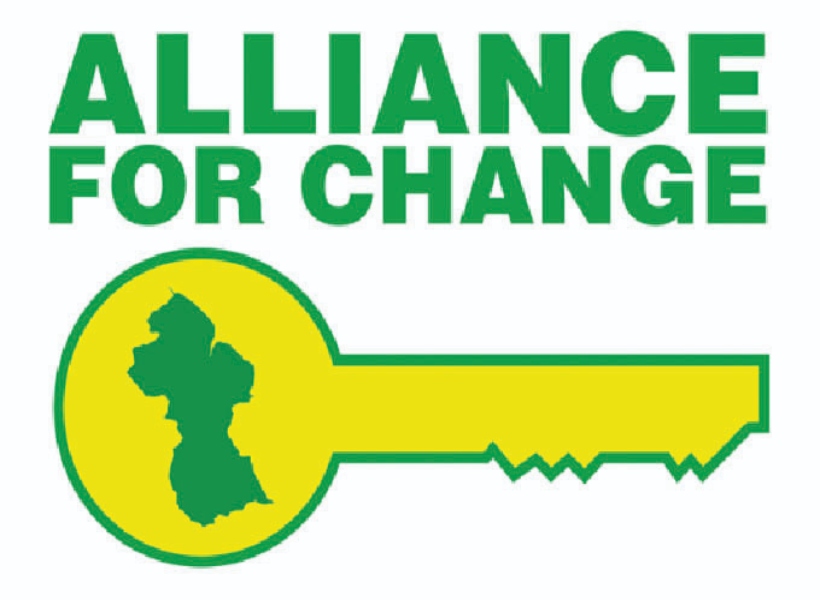ExxonMobil Guyana Limited (EMGL) is seeking local insurance providers to establish a services agreement for the provision of insurance brokerage services for its Whiptail Development Insurance Programme.
The Whiptail project is Exxon’s sixth development situated within the expansive Stabroek Block and boasts strategic significance within the energy sector, covering a vast area of 26,800 square kilometers off Guyana’s continental shelf.
It will add 250,000 barrels of oil per day (bpd) of oil production capacity by the end of 2027, raising Guyana’s overall capacity to over 1.3M bpd.
The US$12.7B Whiptail project will include up to 10 drill centers with 48 production and injection wells, targeting a resource base estimated at more than 850M barrels of oil.
The scope of the RFI encompasses various aspects of insurance coverage, including Property Damage (PD) Construction All Risk (CAR) program, Operator’s Extra Expense (OEE), and General Third Party Liability (TPL). The coverage is intended to include assets related to the Whiptail project, such as subsea infrastructure, umbilicals, risers, flowlines (SURF), shore base construction, and other related assets. Additionally, the insurance must have cover liabilities arising from Whiptail Development exposures on an international basis, including sudden and unforeseen pollution incidents.
Furthermore, the insurance coverage is expected to span three consecutive periods: the Project Period, Maintenance Period (12 months), and Discovery Period (12 months), subject to agreed terms, conditions, and exclusions.
EMGL has stipulated that insurance must be procured from Insurance Companies with long-term unsecured obligations rated at least ‘A-’ by Standard & Poor’s, ‘A3’ by Moody’s Investor’s Service, or ‘A-’ by AM Best, ensuring the financial stability and reliability of the insurer.
For readers who are not aware, Standard & Poor’s (S&P), Moody’s and AM best are financial services companies known for their credit ratings, research, and analysis of stocks, bonds, and other financial instruments. S&P specifically evaluates the creditworthiness of entities such as corporations, governments, and securities, assigning ratings based on their assessment of credit risk.
In alignment with its local content strategy, Exxon has emphasized the importance of local workforce and supplier capabilities. Bidders are required to demonstrate their awareness of the Local Content Act (2021) and its potential implications for their work under the scope of the agreement.
Prospective contractors must also include a preliminary local content strategy in their submissions, outlining how they will fulfill local content expectations. Successful bidders will be required to submit local content plans to the Government of Guyana, with copies provided to EMGL.











